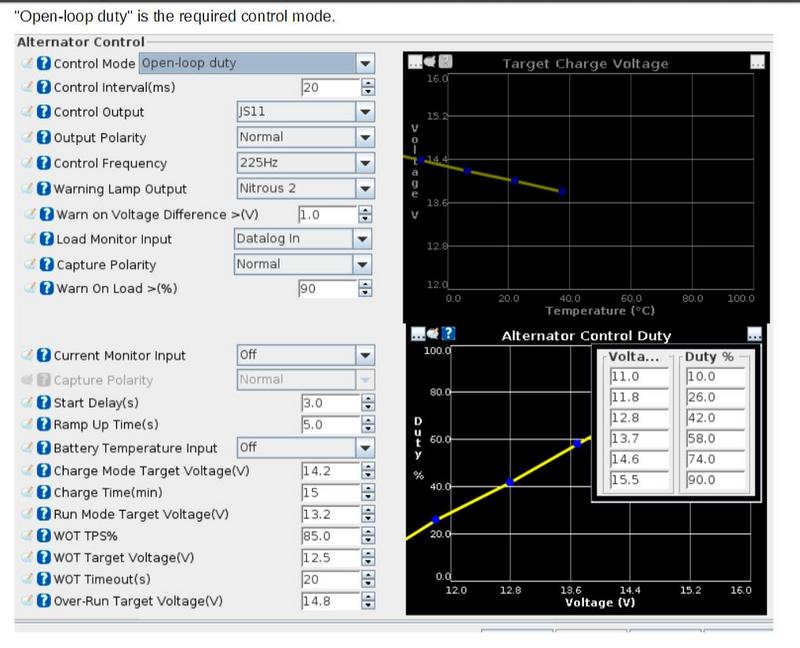Anyone else with a P01/P59 and PCM controlled alternator experience a charging system cutout above ~5,000 rpm? It is so consistent at that RPM I feel it has to be the PCM cutting the alternator at high rpm. First noticed it passing on a 2-lane road at night. The headlights momentarily blinked dimmer while I was passing a car that felt like speeding up 20 mph while I was trying to overtake them. I already had the ~500 hp 383 in my Express van with the pedal on the floorboard, wrapped up in 2nd gear and went around them anyway. I looked all over the PIDs and have not found the alternator field coil duty cycle to datalog what is going on. Only concerned because I have heard of guys nuking their AD244 from over spinning them. I am only at 5,500 rpm on a WOT upshift and have the stock L31 belt ratio on the alternator. That is only 1,200 rpm on the alternator higher than the stock shift point at 5,100 rpm and with a ~3:1 belt ratio the alternator rotor rpm calculates out to be under the generally accepted maximum RPM for the unit. Has me scratching my head a bit. It is a 10 year old Napa 200 amp AD244 but seems to work great other than the high rpm charging cutout. If it were a normal cheap alternator, I would have already slapped another unit on it, but I need the 200a unit and it is a $400 unit now days. No way to prove it is failing on a bench tester and perhaps the PCM is the culprit anyway. The alternator is PCM controlled same as a factory 0411/P59 truck or van. I added a couple of wires when I swapped to the 0411 to control the alternator. Doubled my battery life on my 97.




 Reply With Quote
Reply With Quote



